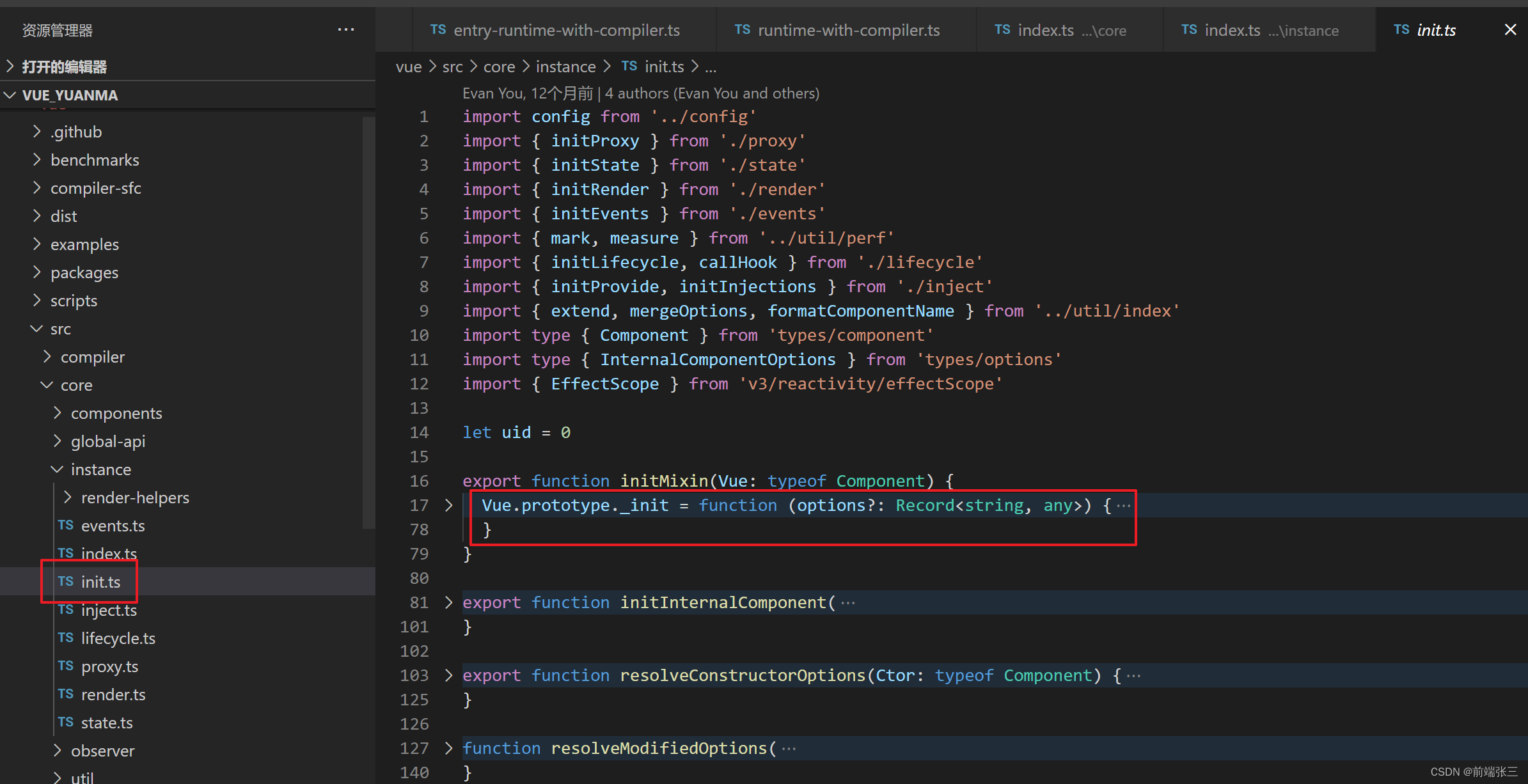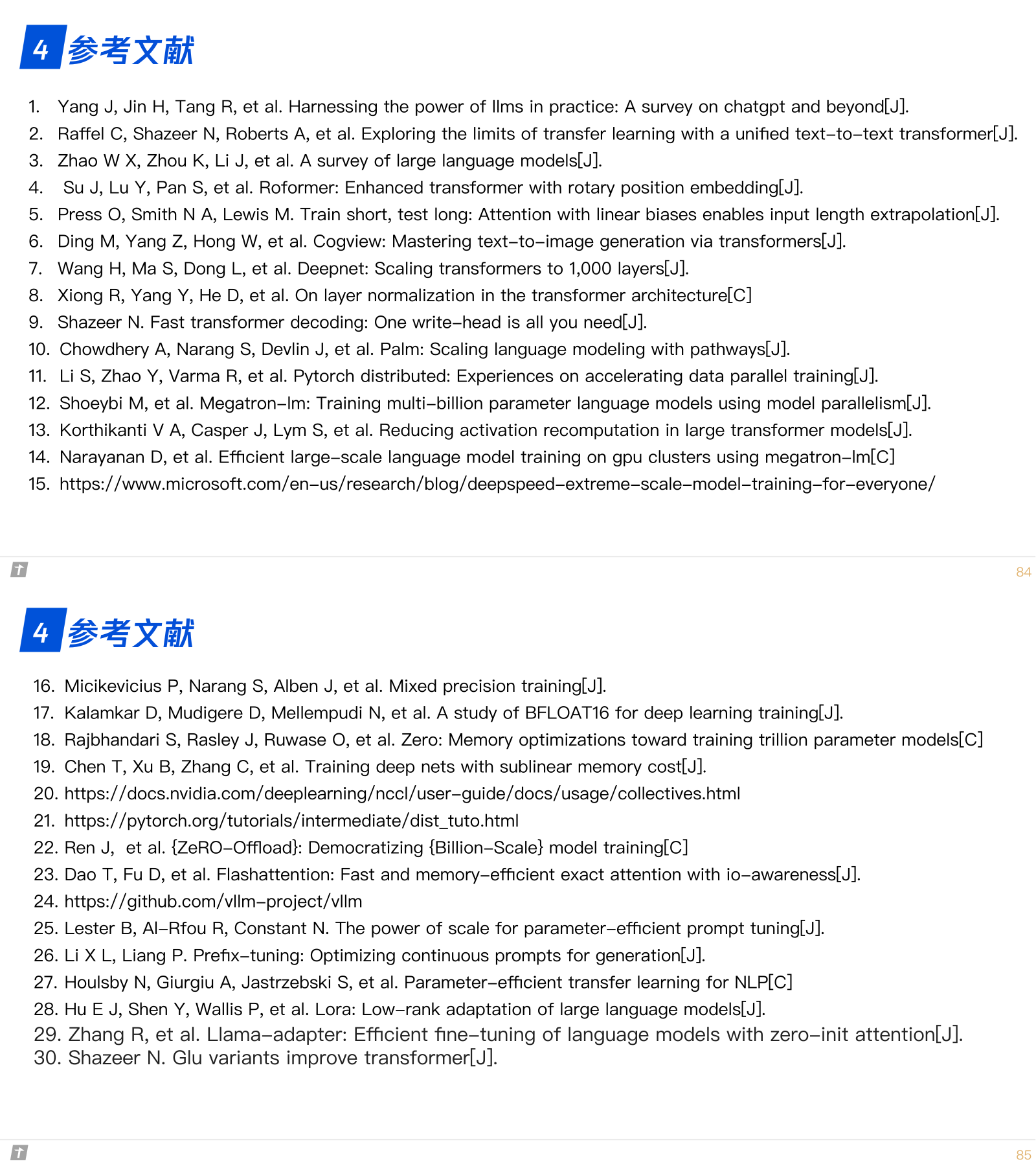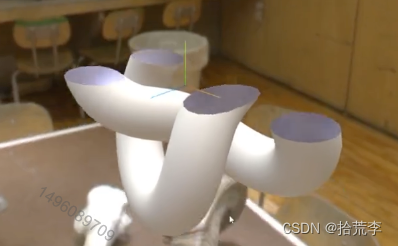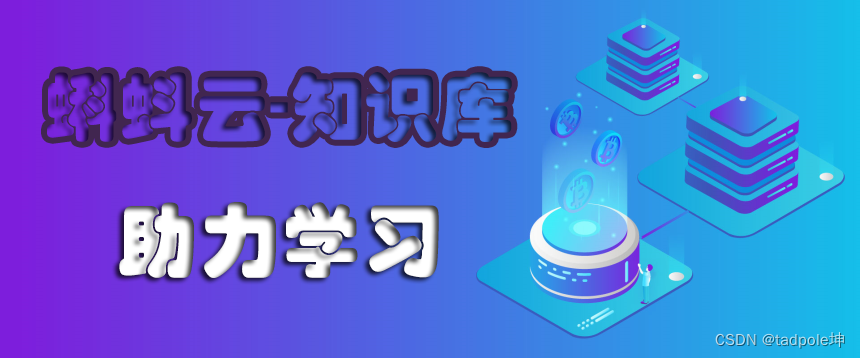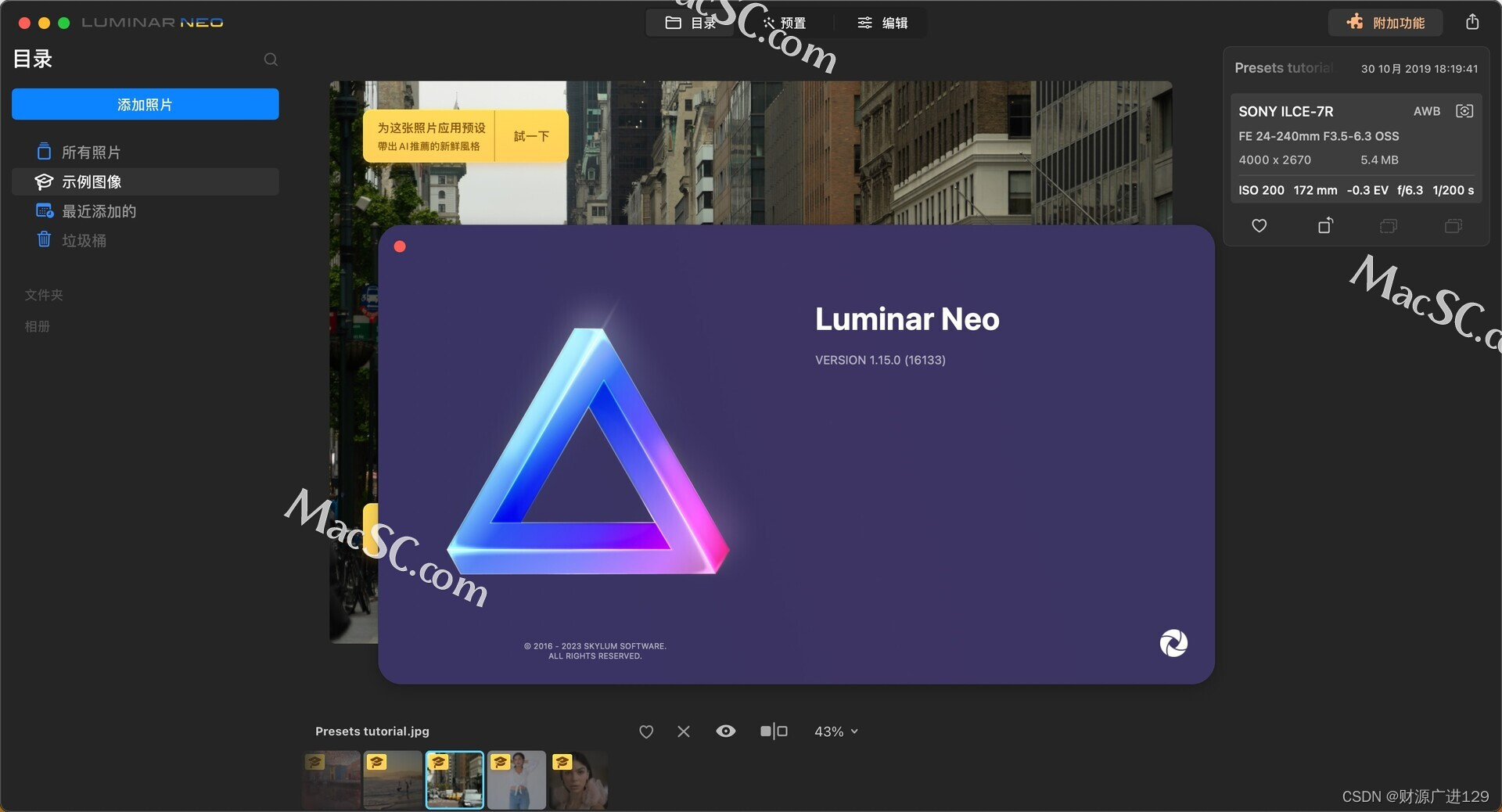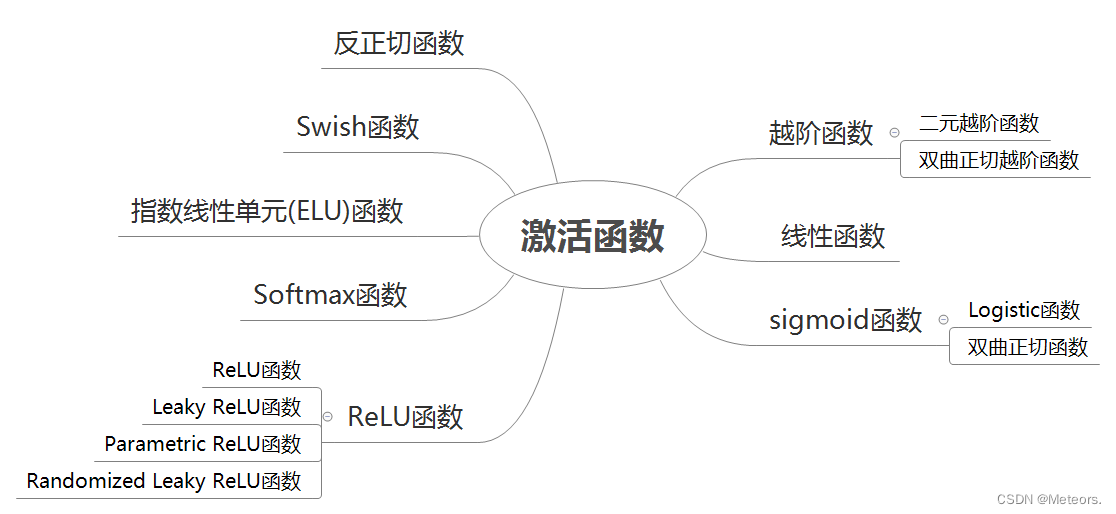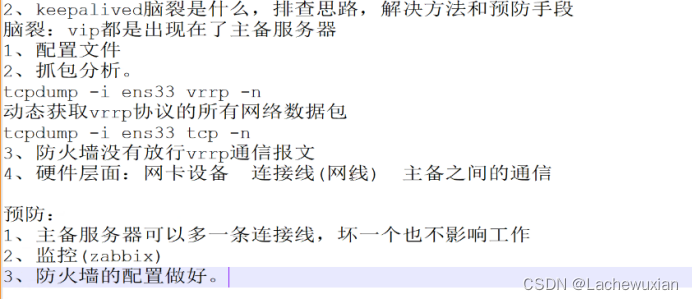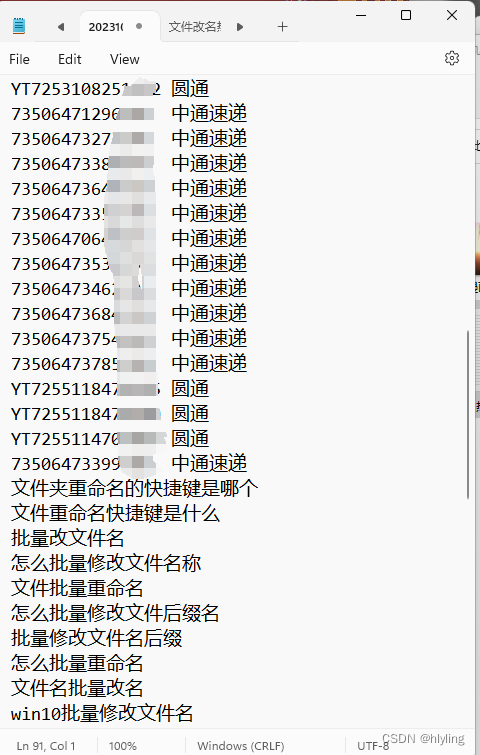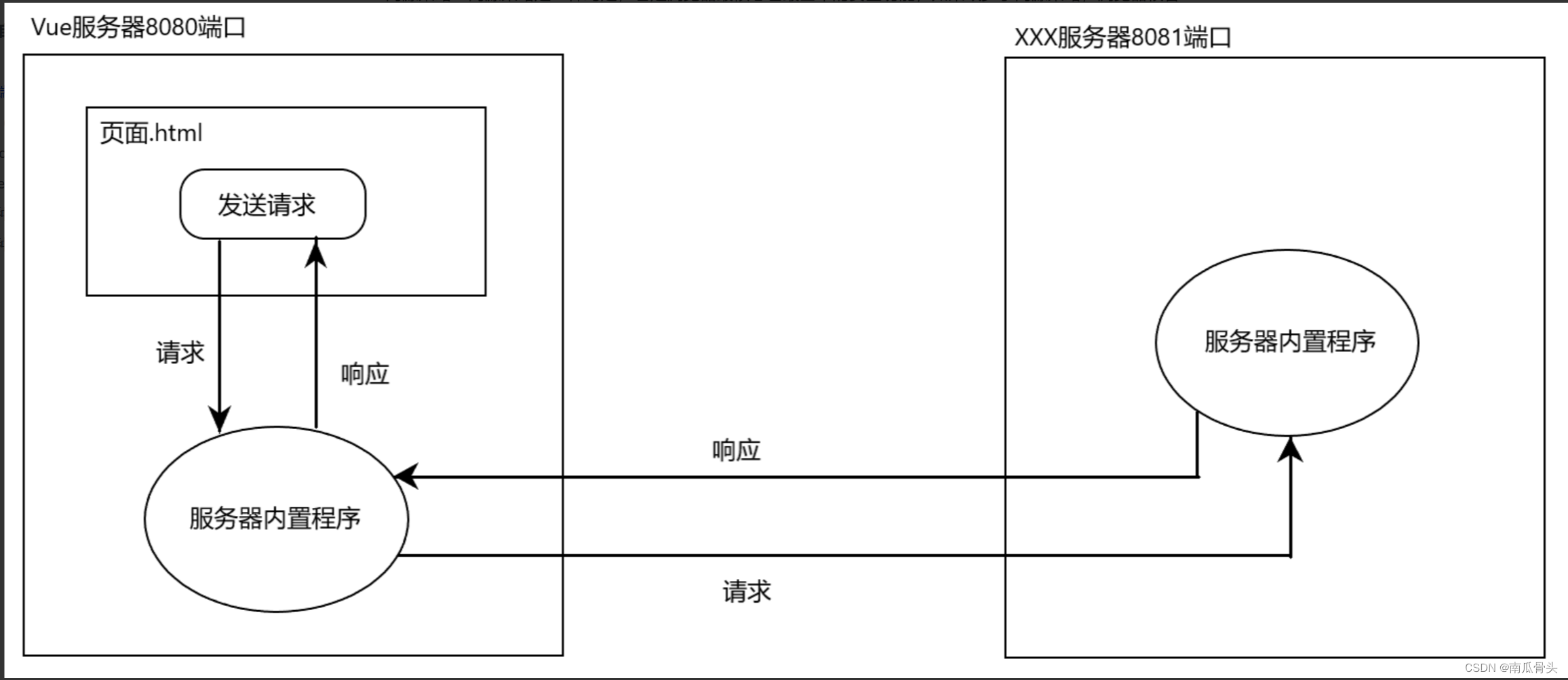10.4.1 模型
Bahdanau 等人提出了一个没有严格单向对齐限制的可微注意力模型。在预测词元时,如果不是所有输入词元都相关,模型将仅对齐(或参与)输入序列中与当前预测相关的部分。这是通过将上下文变量视为注意力集中的输出来实现的。
新的基于注意力的模型与 9.7 节中的模型相同,只不过 9.7 节中的上下文变量 c \boldsymbol{c} c 在任何解码时间步 t ′ \boldsymbol{t'} t′ 都会被 c t ′ \boldsymbol{c}_{t'} ct′ 替换。假设输入序列中有 T \boldsymbol{T} T 个词元,解码时间步 t ′ \boldsymbol{t'} t′ 的上下文变量是注意力集中的输出:
c t ′ = ∑ t = 1 T α ( s t ′ − 1 , h t ) h t \boldsymbol{c}_{t'}=\sum^T_{t=1}{\alpha{(\boldsymbol{s}_{t'-1},\boldsymbol{h}_t)\boldsymbol{h}_t}} ct′=t=1∑Tα(st′−1,ht)ht
参数字典:
-
遵循与 9.7 节中的相同符号表达
-
时间步 t ′ − 1 \boldsymbol{t'-1} t′−1 时的解码器隐状态 s t ′ − 1 \boldsymbol{s}_{t'-1} st′−1 是查询
-
编码器隐状态 h t \boldsymbol{h}_t ht 既是键,也是值
-
注意力权重 α \alpha α 是使用上节所定义的加性注意力打分函数计算的

从图中可以看到,加入注意力机制后:
-
将编码器对每次词的输出作为 key 和 value
-
将解码器对上一个词的输出作为 querry
-
将注意力的输出和下一个词的词嵌入合并作为解码器输入
import torch
from torch import nn
from d2l import torch as d2l
10.4.2 定义注意力解码器
AttentionDecoder 类定义了带有注意力机制解码器的基本接口
#@save
class AttentionDecoder(d2l.Decoder):"""带有注意力机制解码器的基本接口"""def __init__(self, **kwargs):super(AttentionDecoder, self).__init__(**kwargs)@propertydef attention_weights(self):raise NotImplementedError
在 Seq2SeqAttentionDecoder 类中实现带有 Bahdanau 注意力的循环神经网络解码器。初始化解码器的状态,需要下面的输入:
-
编码器在所有时间步的最终层隐状态,将作为注意力的键和值;
-
上一时间步的编码器全层隐状态,将作为初始化解码器的隐状态;
-
编码器有效长度(排除在注意力池中填充词元)。
class Seq2SeqAttentionDecoder(AttentionDecoder):def __init__(self, vocab_size, embed_size, num_hiddens, num_layers,dropout=0, **kwargs):super(Seq2SeqAttentionDecoder, self).__init__(**kwargs)self.attention = d2l.AdditiveAttention(num_hiddens, num_hiddens, num_hiddens, dropout)self.embedding = nn.Embedding(vocab_size, embed_size)self.rnn = nn.GRU(embed_size + num_hiddens, num_hiddens, num_layers,dropout=dropout)self.dense = nn.Linear(num_hiddens, vocab_size)def init_state(self, enc_outputs, enc_valid_lens, *args): # 新增 enc_valid_lens 表示有效长度# outputs的形状为(batch_size,num_steps,num_hiddens).# hidden_state的形状为(num_layers,batch_size,num_hiddens)outputs, hidden_state = enc_outputsreturn (outputs.permute(1, 0, 2), hidden_state, enc_valid_lens)def forward(self, X, state):# enc_outputs的形状为(batch_size,num_steps,num_hiddens).# hidden_state的形状为(num_layers,batch_size,num_hiddens)enc_outputs, hidden_state, enc_valid_lens = state# 输出X的形状为(num_steps,batch_size,embed_size)X = self.embedding(X).permute(1, 0, 2)outputs, self._attention_weights = [], []for x in X:# query的形状为(batch_size,1,num_hiddens)query = torch.unsqueeze(hidden_state[-1], dim=1) # 解码器最终隐藏层的上一个输出添加querry个数的维度后作为querry# context的形状为(batch_size,1,num_hiddens)context = self.attention(query, enc_outputs, enc_outputs, enc_valid_lens) # 编码器的输出作为key和value# 在特征维度上连结x = torch.cat((context, torch.unsqueeze(x, dim=1)), dim=-1) # 并起来当解码器输入# 将x变形为(1,batch_size,embed_size+num_hiddens)out, hidden_state = self.rnn(x.permute(1, 0, 2), hidden_state)outputs.append(out)self._attention_weights.append(self.attention.attention_weights) # 存一下注意力权重# 全连接层变换后,outputs的形状为 (num_steps,batch_size,vocab_size)outputs = self.dense(torch.cat(outputs, dim=0))return outputs.permute(1, 0, 2), [enc_outputs, hidden_state,enc_valid_lens]@propertydef attention_weights(self):return self._attention_weights
encoder = d2l.Seq2SeqEncoder(vocab_size=10, embed_size=8, num_hiddens=16,num_layers=2)
encoder.eval()
decoder = Seq2SeqAttentionDecoder(vocab_size=10, embed_size=8, num_hiddens=16,num_layers=2)
decoder.eval()
X = torch.zeros((4, 7), dtype=torch.long) # (batch_size,num_steps)
state = decoder.init_state(encoder(X), None)
output, state = decoder(X, state)
output.shape, len(state), state[0].shape, len(state[1]), state[1][0].shape
(torch.Size([4, 7, 10]), 3, torch.Size([4, 7, 16]), 2, torch.Size([4, 16]))
10.4.3 训练
embed_size, num_hiddens, num_layers, dropout = 32, 32, 2, 0.1
batch_size, num_steps = 64, 10
lr, num_epochs, device = 0.005, 250, d2l.try_gpu()train_iter, src_vocab, tgt_vocab = d2l.load_data_nmt(batch_size, num_steps)
encoder = d2l.Seq2SeqEncoder(len(src_vocab), embed_size, num_hiddens, num_layers, dropout)
decoder = Seq2SeqAttentionDecoder(len(tgt_vocab), embed_size, num_hiddens, num_layers, dropout)
net = d2l.EncoderDecoder(encoder, decoder)
d2l.train_seq2seq(net, train_iter, lr, num_epochs, tgt_vocab, device)
loss 0.020, 7252.9 tokens/sec on cuda:0

engs = ['go .', "i lost .", 'he\'s calm .', 'i\'m home .']
fras = ['va !', 'j\'ai perdu .', 'il est calme .', 'je suis chez moi .']
for eng, fra in zip(engs, fras):translation, dec_attention_weight_seq = d2l.predict_seq2seq(net, eng, src_vocab, tgt_vocab, num_steps, device, True)print(f'{eng} => {translation}, ',f'bleu {d2l.bleu(translation, fra, k=2):.3f}')
go . => va !, bleu 1.000
i lost . => j'ai perdu ., bleu 1.000
he's calm . => il est mouillé ., bleu 0.658
i'm home . => je suis chez moi ., bleu 1.000
训练结束后,下面通过可视化注意力权重会发现,每个查询都会在键值对上分配不同的权重,这说明在每个解码步中,输入序列的不同部分被选择性地聚集在注意力池中。
attention_weights = torch.cat([step[0][0][0] for step in dec_attention_weight_seq], 0).reshape((1, 1, -1, num_steps))# 加上一个包含序列结束词元
d2l.show_heatmaps(attention_weights[:, :, :, :len(engs[-1].split()) + 1].cpu(),xlabel='Key positions', ylabel='Query positions')

练习
(1)在实验中用LSTM替换GRU。
class Seq2SeqEncoder_LSTM(d2l.Encoder):def __init__(self, vocab_size, embed_size, num_hiddens, num_layers,dropout=0, **kwargs):super(Seq2SeqEncoder_LSTM, self).__init__(**kwargs)self.embedding = nn.Embedding(vocab_size, embed_size)self.lstm = nn.LSTM(embed_size, num_hiddens, num_layers, # 更换为 LSTMdropout=dropout)def forward(self, X, *args):X = self.embedding(X)X = X.permute(1, 0, 2)output, state = self.lstm(X)return output, stateclass Seq2SeqAttentionDecoder_LSTM(AttentionDecoder):def __init__(self, vocab_size, embed_size, num_hiddens, num_layers,dropout=0, **kwargs):super(Seq2SeqAttentionDecoder_LSTM, self).__init__(**kwargs)self.attention = d2l.AdditiveAttention(num_hiddens, num_hiddens, num_hiddens, dropout)self.embedding = nn.Embedding(vocab_size, embed_size)self.rnn = nn.LSTM(embed_size + num_hiddens, num_hiddens, num_layers,dropout=dropout)self.dense = nn.Linear(num_hiddens, vocab_size)def init_state(self, enc_outputs, enc_valid_lens, *args):outputs, hidden_state = enc_outputsreturn (outputs.permute(1, 0, 2), hidden_state, enc_valid_lens)def forward(self, X, state):enc_outputs, hidden_state, enc_valid_lens = stateX = self.embedding(X).permute(1, 0, 2)outputs, self._attention_weights = [], []for x in X:query = torch.unsqueeze(hidden_state[-1][0], dim=1) # 解码器最终隐藏层的上一个输出添加querry个数的维度后作为querrycontext = self.attention(query, enc_outputs, enc_outputs, enc_valid_lens)x = torch.cat((context, torch.unsqueeze(x, dim=1)), dim=-1)out, hidden_state = self.rnn(x.permute(1, 0, 2), hidden_state)outputs.append(out)self._attention_weights.append(self.attention.attention_weights)outputs = self.dense(torch.cat(outputs, dim=0))return outputs.permute(1, 0, 2), [enc_outputs, hidden_state,enc_valid_lens]@propertydef attention_weights(self):return self._attention_weights
embed_size_LSTM, num_hiddens_LSTM, num_layers_LSTM, dropout_LSTM = 32, 32, 2, 0.1
batch_size_LSTM, num_steps_LSTM = 64, 10
lr_LSTM, num_epochs_LSTM, device_LSTM = 0.005, 250, d2l.try_gpu()train_iter_LSTM, src_vocab_LSTM, tgt_vocab_LSTM = d2l.load_data_nmt(batch_size_LSTM, num_steps_LSTM)
encoder_LSTM = Seq2SeqEncoder_LSTM(len(src_vocab_LSTM), embed_size_LSTM, num_hiddens_LSTM, num_layers_LSTM, dropout_LSTM)
decoder_LSTM = Seq2SeqAttentionDecoder_LSTM(len(tgt_vocab_LSTM), embed_size_LSTM, num_hiddens_LSTM, num_layers_LSTM, dropout_LSTM)
net_LSTM = d2l.EncoderDecoder(encoder_LSTM, decoder_LSTM)
d2l.train_seq2seq(net_LSTM, train_iter_LSTM, lr_LSTM, num_epochs_LSTM, tgt_vocab_LSTM, device_LSTM)
loss 0.021, 7280.8 tokens/sec on cuda:0

engs = ['go .', "i lost .", 'he\'s calm .', 'i\'m home .']
fras = ['va !', 'j\'ai perdu .', 'il est calme .', 'je suis chez moi .']
for eng, fra in zip(engs, fras):translation, dec_attention_weight_seq_LSTM = d2l.predict_seq2seq(net_LSTM, eng, src_vocab_LSTM, tgt_vocab_LSTM, num_steps_LSTM, device_LSTM, True)print(f'{eng} => {translation}, ',f'bleu {d2l.bleu(translation, fra, k=2):.3f}')
go . => va !, bleu 1.000
i lost . => j'ai perdu ., bleu 1.000
he's calm . => puis-je <unk> <unk> ., bleu 0.000
i'm home . => je suis chez moi ., bleu 1.000
attention_weights_LSTM = torch.cat([step[0][0][0] for step in dec_attention_weight_seq_LSTM], 0).reshape((1, 1, -1, num_steps_LSTM))# 加上一个包含序列结束词元
d2l.show_heatmaps(attention_weights_LSTM[:, :, :, :len(engs[-1].split()) + 1].cpu(),xlabel='Key positions', ylabel='Query positions')

(2)修改实验以将加性注意力打分函数替换为缩放点积注意力,它如何影响训练效率?
class Seq2SeqAttentionDecoder_Dot(AttentionDecoder):def __init__(self, vocab_size, embed_size, num_hiddens, num_layers,dropout=0, **kwargs):super(Seq2SeqAttentionDecoder, self).__init__(**kwargs)self.attention = d2l.DotProductAttention( # 替换为缩放点积注意力num_hiddens, num_hiddens, num_hiddens, dropout)self.embedding = nn.Embedding(vocab_size, embed_size)self.rnn = nn.GRU(embed_size + num_hiddens, num_hiddens, num_layers,dropout=dropout)self.dense = nn.Linear(num_hiddens, vocab_size)def init_state(self, enc_outputs, enc_valid_lens, *args):outputs, hidden_state = enc_outputsreturn (outputs.permute(1, 0, 2), hidden_state, enc_valid_lens)def forward(self, X, state):enc_outputs, hidden_state, enc_valid_lens = stateX = self.embedding(X).permute(1, 0, 2)outputs, self._attention_weights = [], []for x in X:query = torch.unsqueeze(hidden_state[-1], dim=1)context = self.attention(query, enc_outputs, enc_outputs, enc_valid_lens)x = torch.cat((context, torch.unsqueeze(x, dim=1)), dim=-1)out, hidden_state = self.rnn(x.permute(1, 0, 2), hidden_state)outputs.append(out)self._attention_weights.append(self.attention.attention_weights)outputs = self.dense(torch.cat(outputs, dim=0))return outputs.permute(1, 0, 2), [enc_outputs, hidden_state,enc_valid_lens]@propertydef attention_weights(self):return self._attention_weights
embed_size_Dot, num_hiddens_Dot, num_layers_Dot, dropout_Dot = 32, 32, 2, 0.1
batch_size_Dot, num_steps_Dot = 64, 10
lr_Dot, num_epochs_Dot, device_Dot = 0.005, 250, d2l.try_gpu()train_iter_Dot, src_vocab_Dot, tgt_vocab_Dot = d2l.load_data_nmt(batch_size_Dot, num_steps_Dot)
encoder_Dot = Seq2SeqEncoder_LSTM(len(src_vocab_Dot), embed_size_LSTM, num_hiddens_Dot, num_layers_Dot, dropout_Dot)
decoder_Dot = Seq2SeqAttentionDecoder_LSTM(len(tgt_vocab_Dot), embed_size_Dot, num_hiddens_Dot, num_layers_Dot, dropout_Dot)
net_Dot = d2l.EncoderDecoder(encoder_Dot, decoder_Dot)
d2l.train_seq2seq(net_Dot, train_iter_Dot, lr_Dot, num_epochs_Dot, tgt_vocab_Dot, device_Dot)
loss 0.021, 7038.8 tokens/sec on cuda:0

engs = ['go .', "i lost .", 'he\'s calm .', 'i\'m home .']
fras = ['va !', 'j\'ai perdu .', 'il est calme .', 'je suis chez moi .']
for eng, fra in zip(engs, fras):translation, dec_attention_weight_seq_Dot = d2l.predict_seq2seq(net_Dot, eng, src_vocab_Dot, tgt_vocab_Dot, num_steps_Dot, device_Dot, True)print(f'{eng} => {translation}, ',f'bleu {d2l.bleu(translation, fra, k=2):.3f}')
go . => va !, bleu 1.000
i lost . => j'ai perdu ., bleu 1.000
he's calm . => il est riche ., bleu 0.658
i'm home . => je suis chez moi ., bleu 1.000
attention_weights_Dot = torch.cat([step[0][0][0] for step in dec_attention_weight_seq_Dot], 0).reshape((1, 1, -1, num_steps_Dot))# 加上一个包含序列结束词元
d2l.show_heatmaps(attention_weights_Dot[:, :, :, :len(engs[-1].split()) + 1].cpu(),xlabel='Key positions', ylabel='Query positions')



